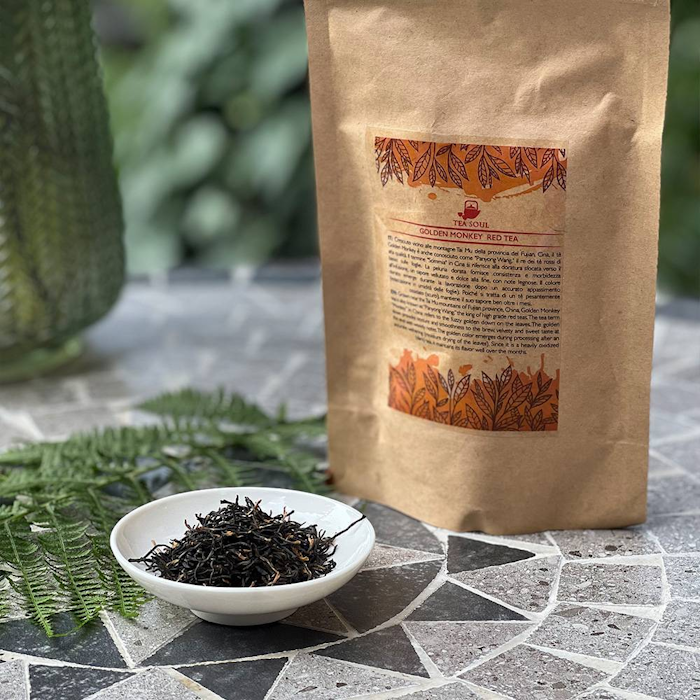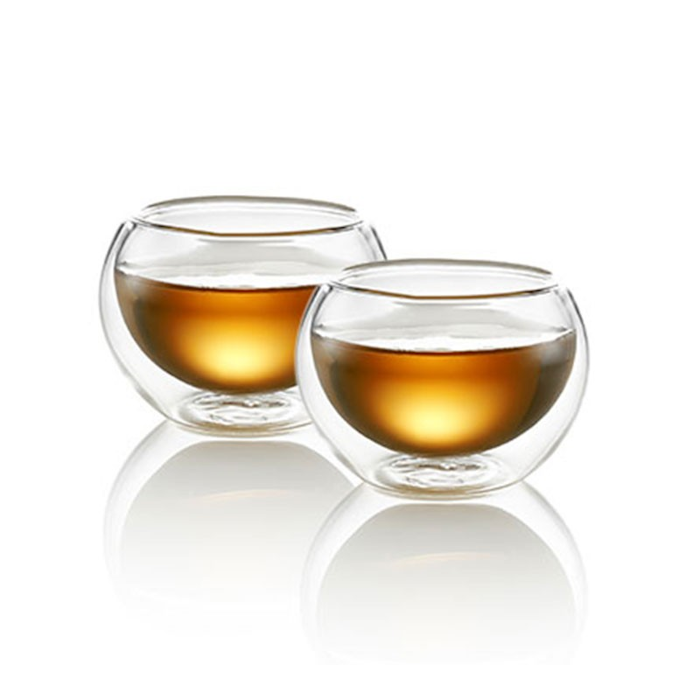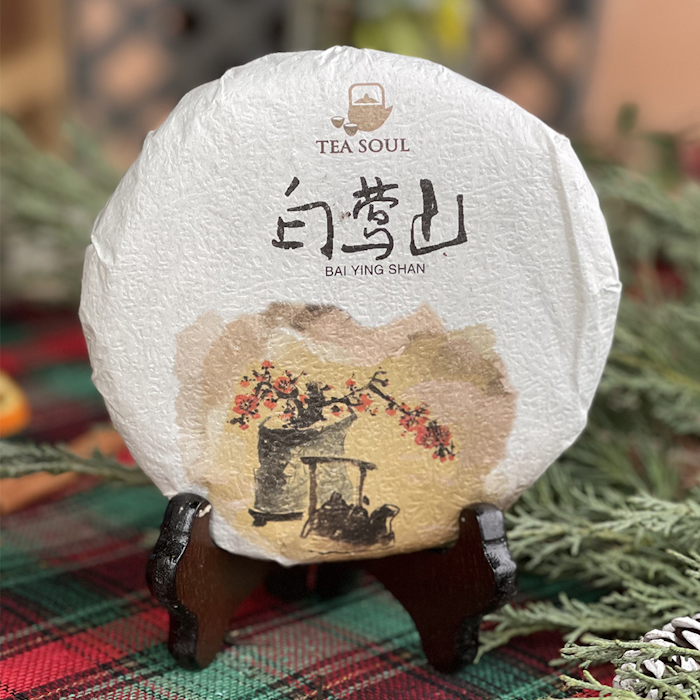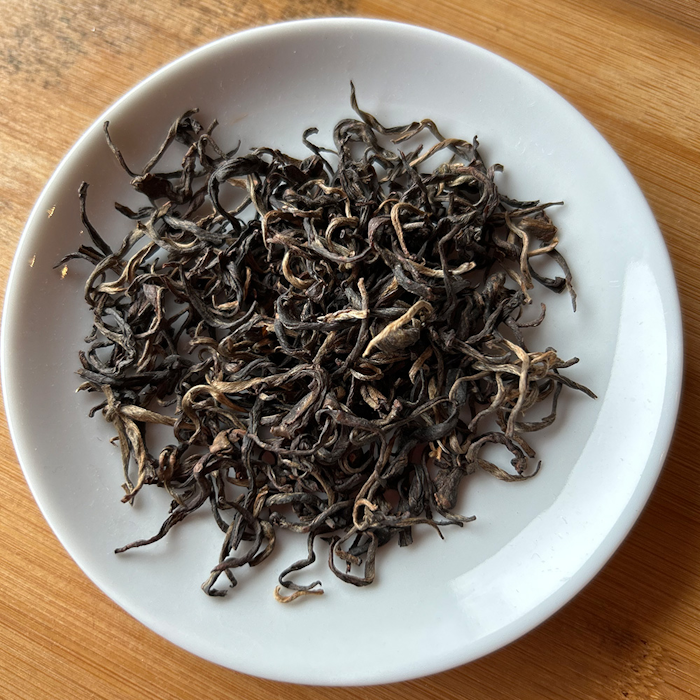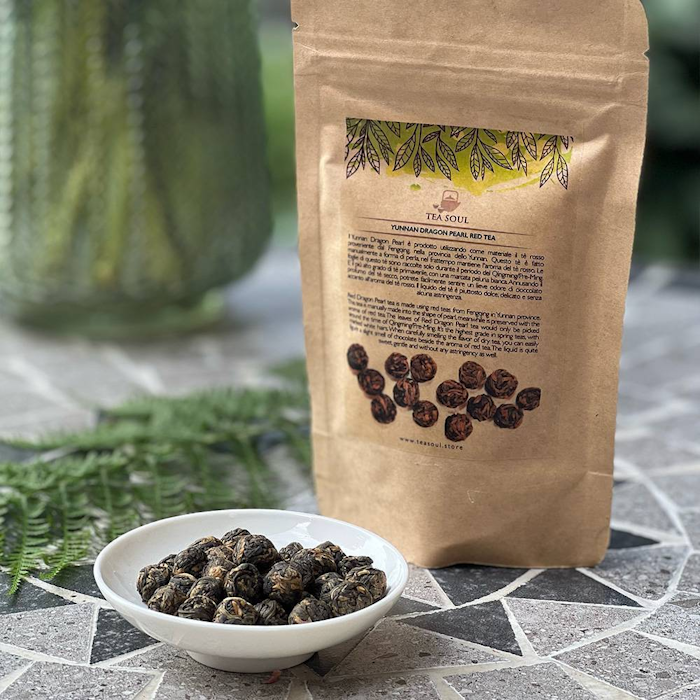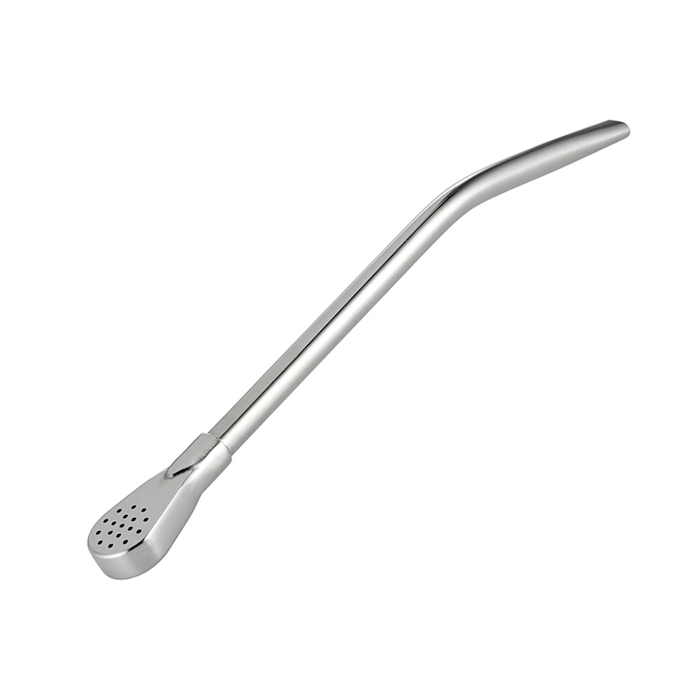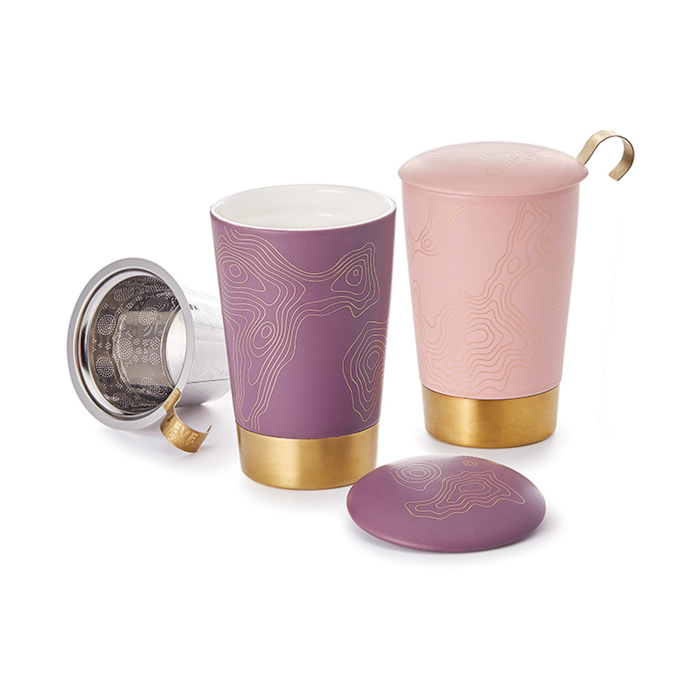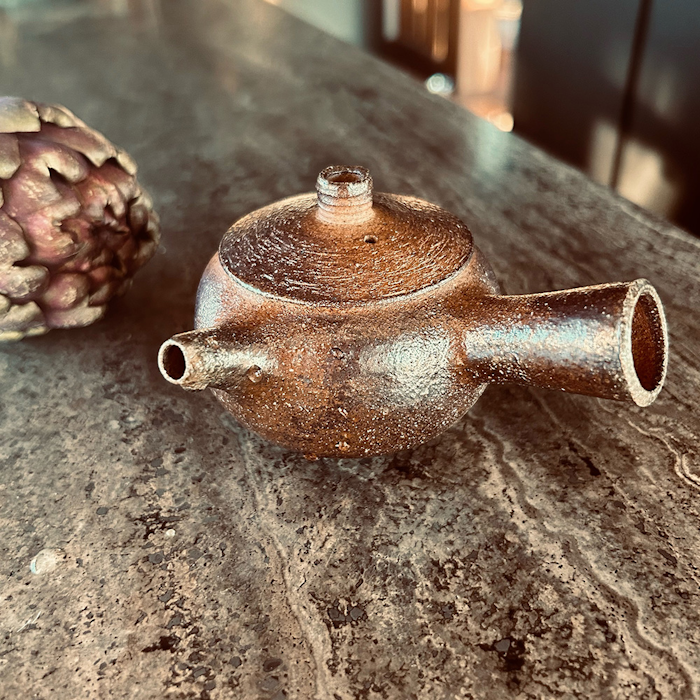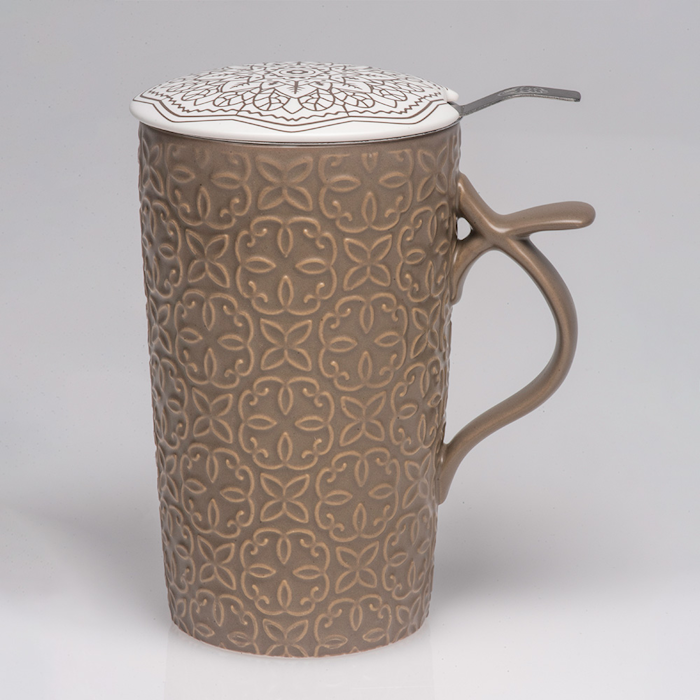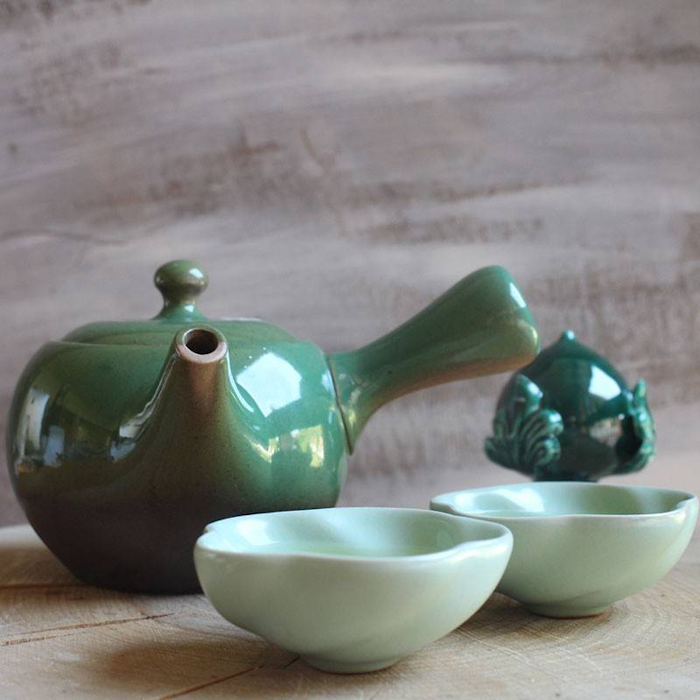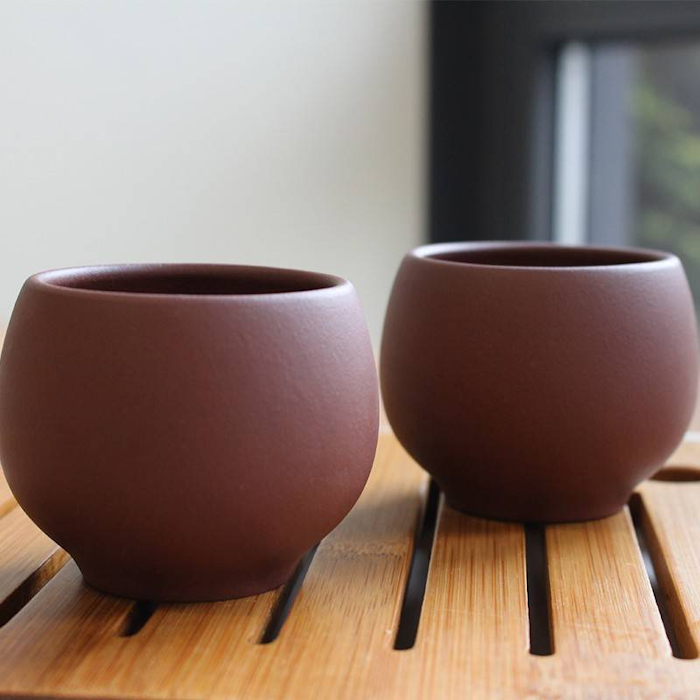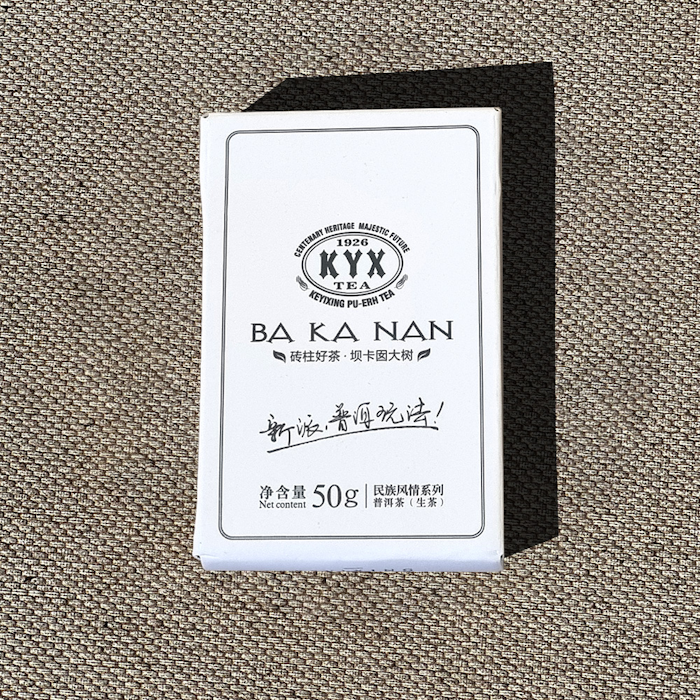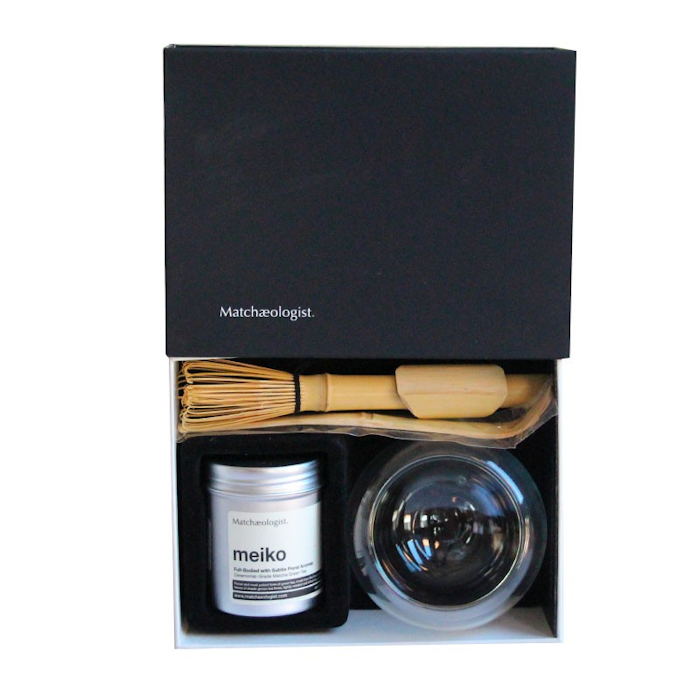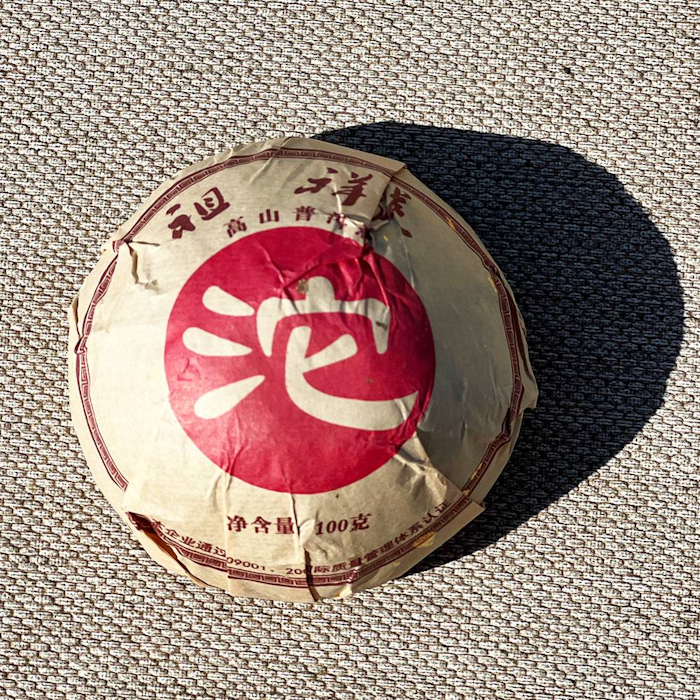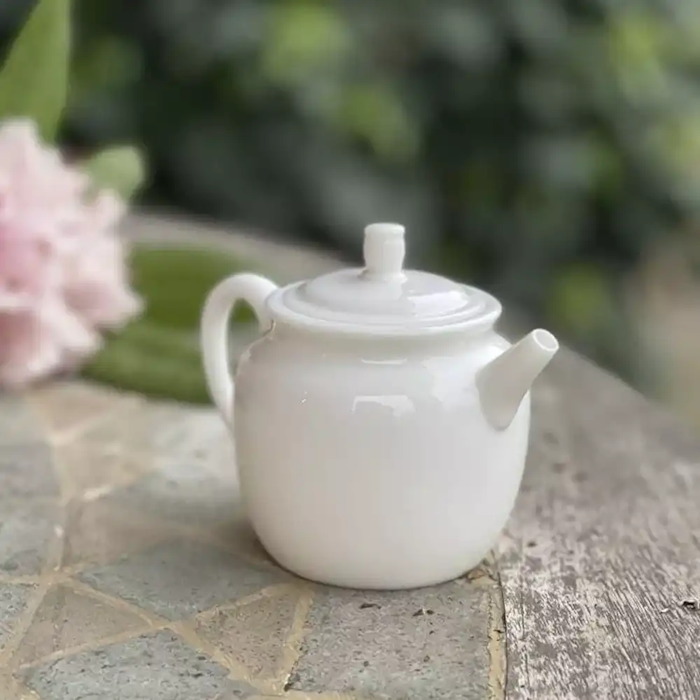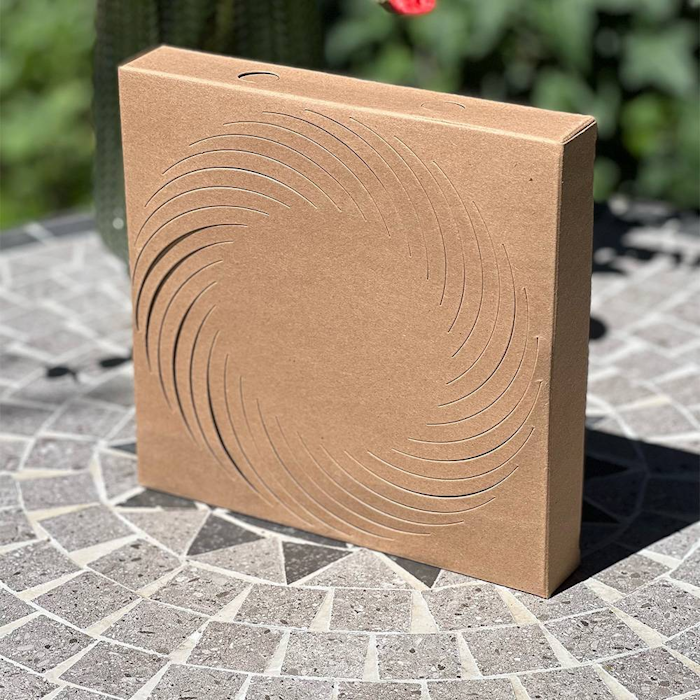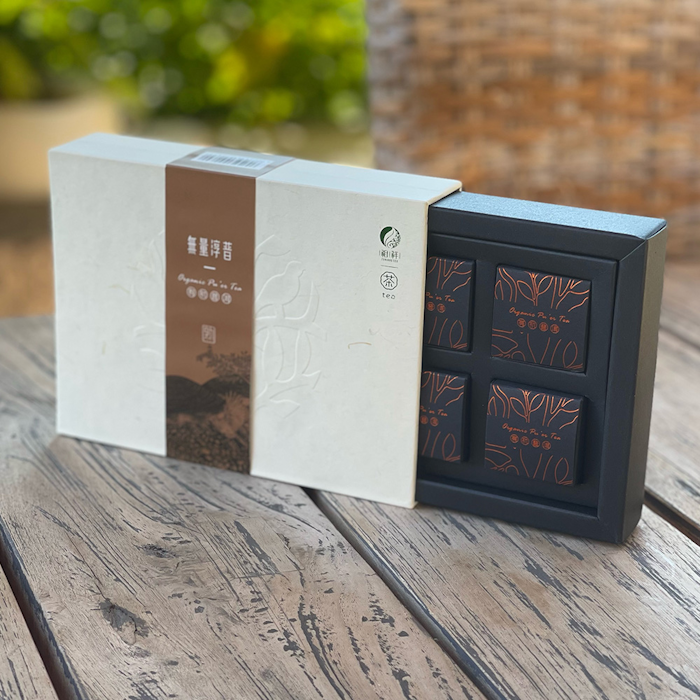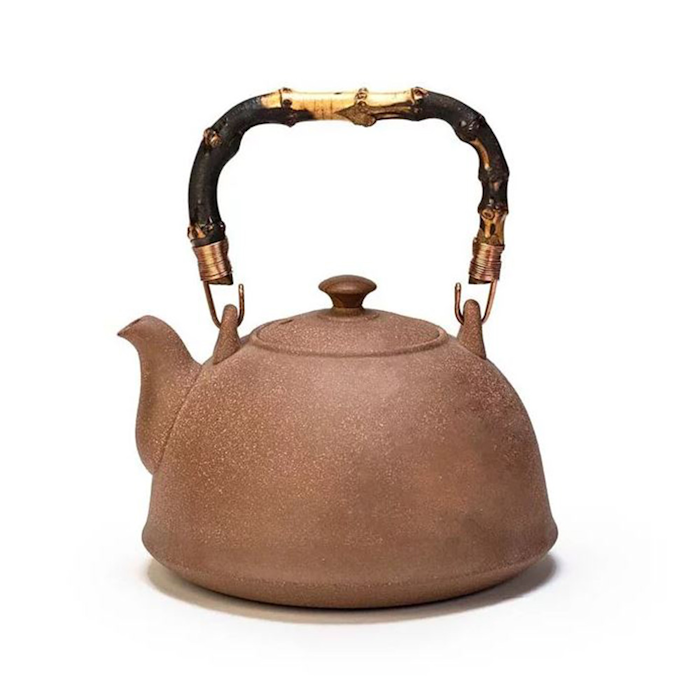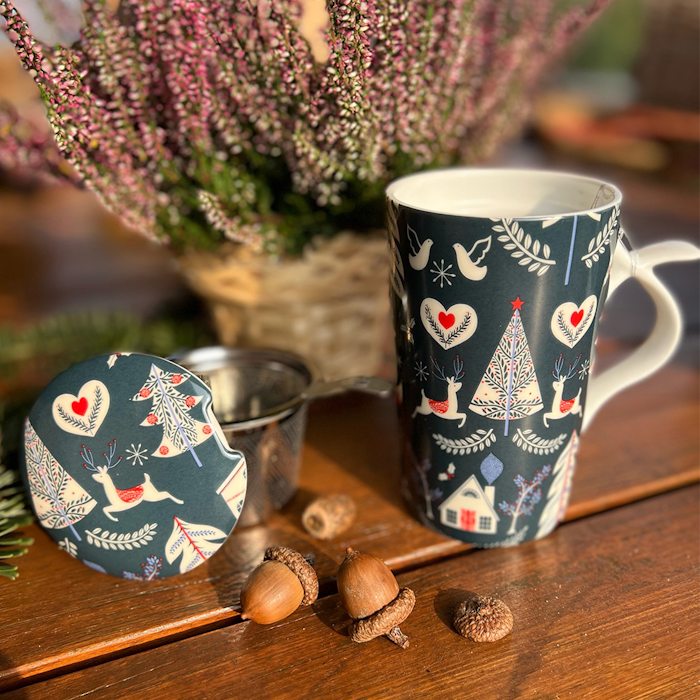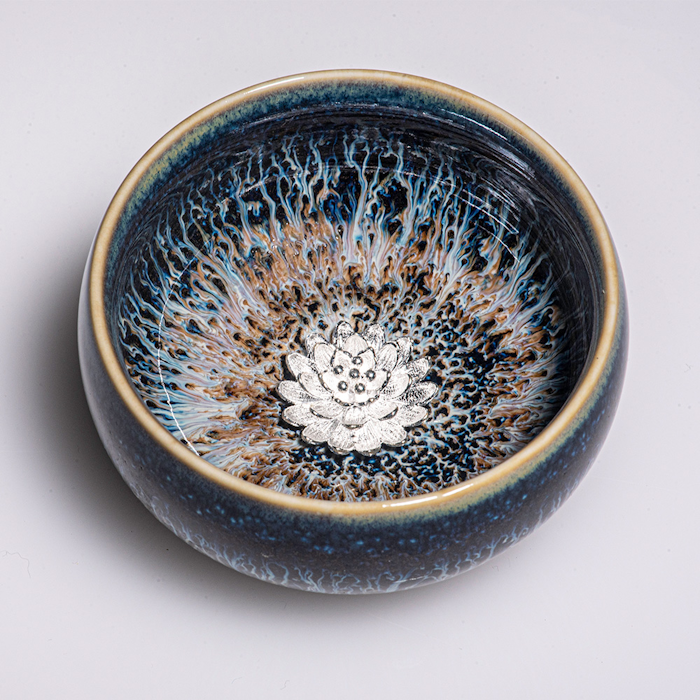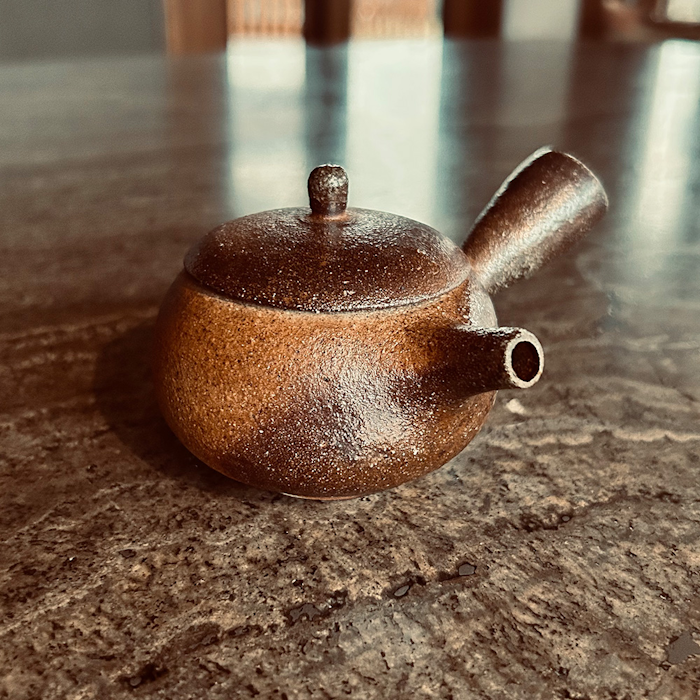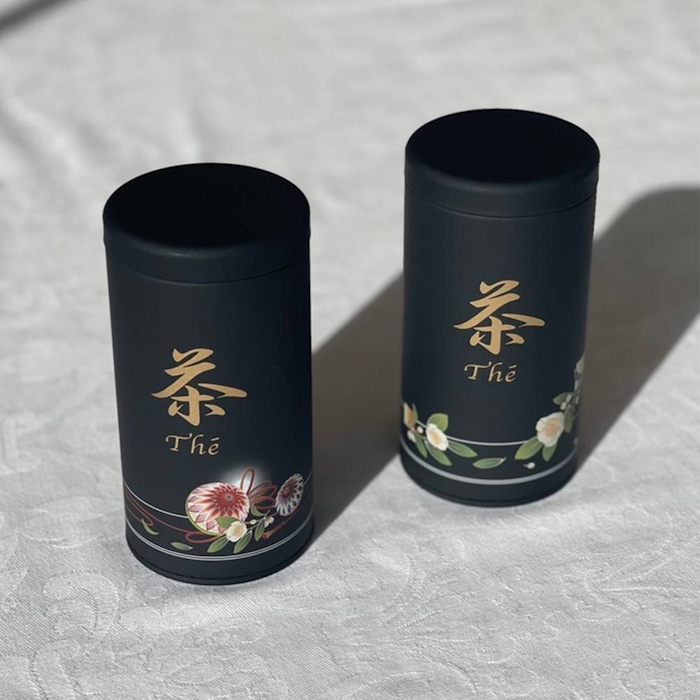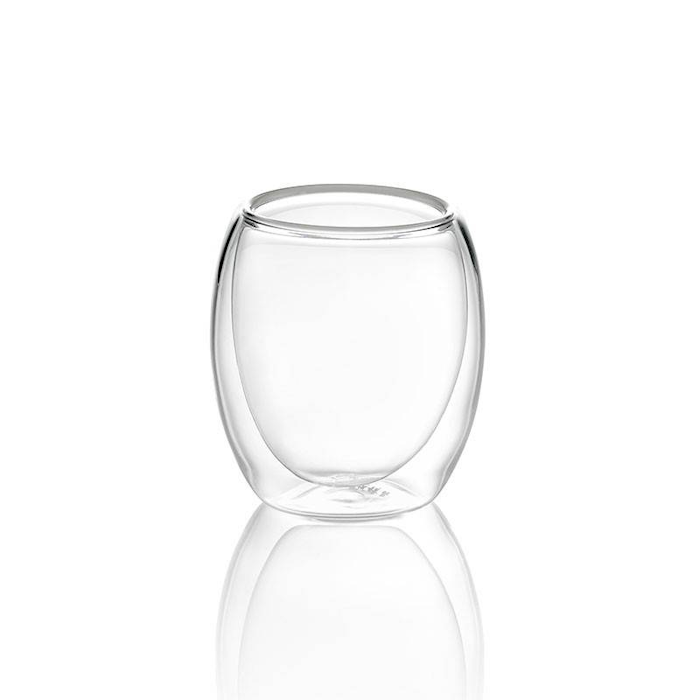The Red (Black) Tea Da Shan Jin Jun Mei is one of the most valuable products of Chinese craftsmanship because of the great care taken to process this tea without the use of machinery during the production cycle. This tea is produced in Fujian, near the famous mountainous area of Wuyi, from tea trees that are very similar in variety to those used to produce Lapsang red teas.
Jin Jun Mei is generally harvested very early compared to other red teas in the area to keep the flavors very concentrated in the leaves. In addition, in order to obtain an even more valuable harvest, producers often choose to pick only the leaves that grow on the side branches of the plant and are therefore more sheltered from the sun: this allows the flavors to develop in an even more varied way than with constant and direct exposure to the sun.
Once harvested, the leaves are rolled ("rolled") many times to enhance the natural oils they contain: this stage is followed by real artisans who hand-process all the harvested tea.
It also takes some energy at this stage since the oxidation process must also be activated: the result of this effort can be seen in that shiny, oily patina that envelops the finished product and will give us many rich and distinctive flavors in the cup.
Tasting - Sight and Smell
Da Shan Jin Jun Mei red tea has small, brown-colored, finely crafted leaves with numerous golden buds. The leaves, when infused, give off aromas of roasted nuts, bitter chocolate, rose and fragrant wood. The liquor in the cup is a deep orange with amber hues.If you look carefully at the surface of the tea against the light, you can make out tiny particles of bai hao, which is the golden down that covers the gems in which this tea is rich.
Tasting Notes
GONG FU CHA
The first infusion of Da Shan Jin Jun Mei red tea reveals notes of cocoa and floral hints of rose, and a sweetness reminiscent of chestnut honey. With a second infusion, hints of roasted nuts such as pecans, hazelnuts and almonds also emerge, as well as sweet fruity notes of dates and dried figs. A good minerality can be appreciated, while the body of the tea becomes denser and softer with each infusion, and the orange of the liquor more intense. With the third and subsequent infusions, important notes of cocoa and sweet hints of vanilla and raw cane sugar return to envelop the palate, with a caramel aroma lingering at the bottom of the cup. The persistence in the mouth is long, denoted by hints of cocoa and floral notes (rose and orange blossom)
Location of origin
Fujian, China
Production
After harvesting, the leaves are left to wither in the sun for a certain amount of time depending on the producer before moving on to the folding stage. The leaves are then folded and rolled by hand until the oils reach the surface and the juices inside have stirred to begin the oxidation process. Once the leaf reaches its typical brown color the residual internal moisture is removed and after a few days of resting the tea is ready to be consumed.
Ingredients: red (black) tea.
Discover all the benefits of red tea.
Preparation
We strongly recommend infusing Da Shan Jin Jun Mei red tea in the traditional Chinese method (Gong Fu Cha) with a gaiwan with a capacity of about 150 ml. Following this preparation, multiple infusions can be made with 5 grams of leaves that are useful to best capture all the flavor nuances of the tea.
Warm the water to a temperature of 90°C and proceed to an initial infusion of 25 seconds. Keeping the water at the same temperature, you can then continue to exploit the same leaves by adding more water and increasing the infusion time by 5 seconds each time (25 - 30 - 35...).
This tea has a longevity of 6 infusions.
For a more classic preparation in the Western style, we recommend 3 grams of leaves (about 2 teaspoons) in a 200 ml cup with water at 90°C for an infusion time of 2-3 minutes.
For a better tasting experience, we suggest that you strain the infusion as soon as the infusion time is over. Our suggested infusion times, however, can also be slightly modified to your liking to achieve a more or less intense taste.
We recommend storing in a cool, dry place away from direct sunlight.










